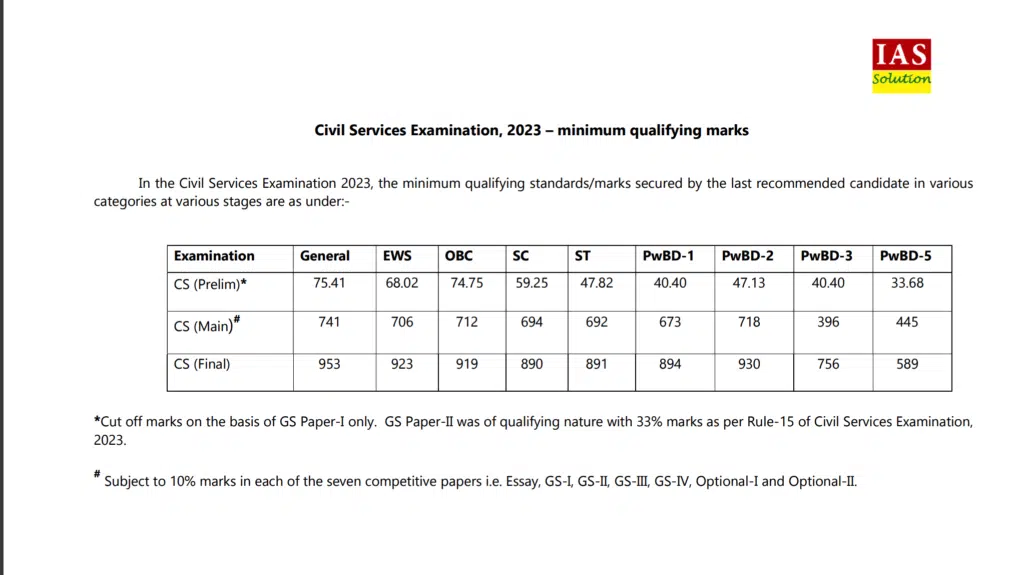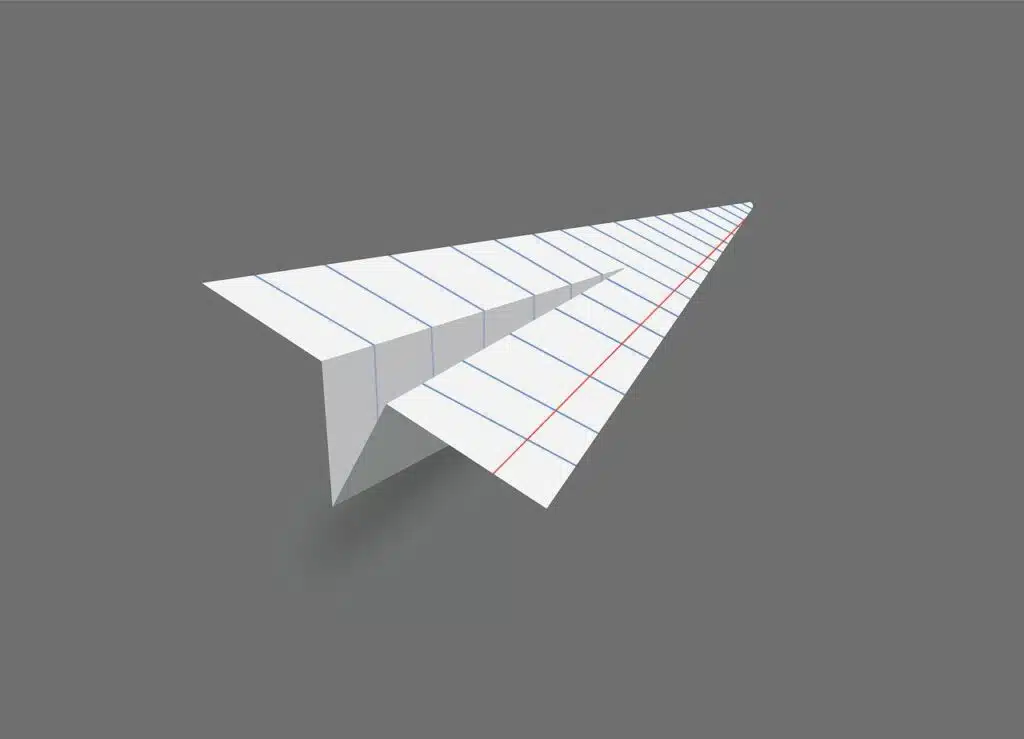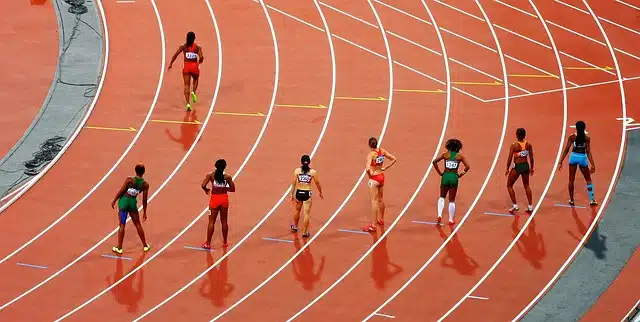Chemistry Syllabus – UPSC Civil Services Mains Exam
The optional subject in the UPSC Civil Services Mains Exam is divided into two papers, with each paper carrying 250 marks. This brings the total marks allotted for the optional subject to 500.
Chemistry Syllabus – UPSC Civil Services Mains Exam
PAPER – I
1. Atomic Structure:
Heisenberg’s uncertainty principle, Schrodinger wave equation (time-independent); Interpretation of wave function, particle in one-dimensional box, quantum numbers, hydrogen atom wave functions; Shapes of s, p and d orbitals.
2. Chemical Bonding:
Ionic bond, characteristics of ionic compounds, lattice energy, Born-Haber cycle; covalent bond and its general characteristics, polarities of bonds in molecules and their dipole moments; Valence bond theory, the concept of resonance and resonance energy; Molecular orbital theory (LCAO method); bonding in H2+, H2, He2+ to Ne2, NO, CO, HF, and CN–; Comparison of valence bond and molecular orbital theories, bond order, bond strength, and bond length.
3. Solid State:
Crystal systems; Designation of crystal faces, lattice structures, and unit cell; Bragg’s law; X-ray diffraction by crystals; Close packing, radius ratio rules, calculation of some limiting radius ratio values; Structures of NaCl, ZnS, CsCl and CaF2; Stoichiometric and nonstoichiometric defects, impurity defects, semi-conductors.
4. The Gaseous State and Transport Phenomenon:
Equation of state for real gases, intermolecular interactions, and critical phenomena and liquefaction of gases, Maxwell’s distribution of speeds, intermolecular collisions, collisions on the wall, and effusion; Thermal conductivity and viscosity of ideal gases.
5. Liquid State:
Kelvin equation; Surface tension and surface energy, wetting and contact angle, interfacial tension, and capillary action.
6. Thermodynamics:
Work, heat, and internal energy; first law of thermodynamics.
The second law of thermodynamics; entropy as a state function, entropy changes in various processes, entropy– reversibility and irreversibility, Free energy functions; Thermodynamic equation of state; Maxwell relations; Temperature, volume and pressure dependence of U, H, A, G, Cp and Cvá and â; J-T effect and inversion temperature; criteria for equilibrium, the relation between equilibrium constant and thermodynamic quantities; Nernst heat theorem, the introductory idea of the third law of thermodynamics.
7. Phase Equilibria and Solutions:
Clausius-Clapeyron equation; phase diagram for a pure substance; phase equilibria in binary systems, partially miscible liquids–upper and lower critical solution temperatures; partial molar quantities, their significance, and determination; excess thermodynamic functions and their determination.
8. Electrochemistry:
Debye-Huckel theory of strong electrolytes and Debye-Huckel limiting Law for various equilibrium and transport properties. Galvanic cells, concentration cells; electrochemical series, measurement of e.m.f. of cells and its applications fuel cells and batteries.
Processes at electrodes; double layer at the interface; the rate of charge transfer, current density; overpotential; electro-analytical techniques: Polarography, amperometry, ion-selective electrodes, and their uses.
9. Chemical Kinetics:
Differential and integral rate equations for zeroth, first, second, and fractional order reactions; Rate equations involving reverse, parallel, consecutive, and chain reactions; branching chain and explosions; effect of temperature and pressure on rate constant; Study of fast reactions by stop-flow and relaxation methods; Collisions and transition state theories.
10. Photochemistry:
Absorption of light; decay of excited state by different routes; photochemical reactions between hydrogen and halogens and their quantum yields.
11. Surface Phenomena and Catalysis:
Absorption from gases and solutions on solid adsorbents, Langmuir and B.E.T. adsorption isotherms; determination of surface area, characteristics, and mechanism of reaction on heterogeneous catalysts.
12. Bio-inorganic Chemistry:
Metal ions in biological systems and their role in ion transport across the membranes (molecular mechanism), oxygen-uptake proteins, cytochromes, and ferredoxins.
13. Coordination Compounds:
(i) Bonding theories of metal complexes; Valence bond theory, crystal field theory, and its modifications; applications of theories in the explanation of magnetism and electronic spectra of metal complexes.
(ii) Isomerism in coordination compounds; IUPAC nomenclature of coordination compounds; stereochemistry of complexes with 4 and 6 coordination numbers; chelate effect and polynuclear complexes; trans effect and its theories; kinetics of substitution reactions in square-planer complexes; thermodynamic and kinetic stability of complexes.
(iii) EAN rule, Synthesis structure and reactivity of metal carbonyls; carboxylate anions, carbonyl hydrides, and metal nitrosyl compounds.
(iv) Complexes with aromatic systems, synthesis, structure, and bonding in metal olefin complexes, alkyne complexes, and cyclopentadienyl complexes; coordinative unsaturation, oxidative addition reactions, insertion reactions, fluxional molecules, and their characterization; Compounds with metal-metal bonds and metal atom clusters.
14. Main Group Chemistry:
Boranes, borazines, phosphazenes and cyclic phosphazene, silicates and silicones, Interhalogen compounds; Sulphur – nitrogen compounds, noble gas compounds.
15. General Chemistry of ‘f’ Block Elements:
Lanthanides and actinides; separation, oxidation states, magnetic and spectral properties; lanthanide contraction.
PAPER-II
1. Delocalised Covalent Bonding:
Aromaticity, anti-aromaticity; annulenes, azulenes, tropolones, fulvenes, sydnones.
2. (i) Reaction Mechanisms: General methods (both kinetic and non-kinetic) of study of the mechanism of organic reactions: isotopic method, cross-over experiment, intermediate trapping, stereochemistry; the energy of activation; thermodynamic control and kinetic control of reactions.
(ii) Reactive Intermediates: Generation, geometry, stability, and reactions of carbonium ions and carbanions, free radicals, carbenes, benzynes, and nitrenes.
(iii) Substitution Reactions: SN1, SN2, and SNi mechanisms; neighboring group participation; electrophilic and nucleophilic reactions of aromatic compounds including heterocyclic compounds–pyrrole, furan, thiophene, and indole.
(iv) Elimination Reactions: E1, E2, and E1cb mechanisms; orientation in E2 reactions–Saytzeff and Hoffmann; pyrolytic syn elimination – Chugaev and Cope eliminations.
(v) Addition Reactions: Electrophilic addition to C=C and C=C; nucleophilic addition to C=0, C=N, conjugated olefins and carbonyls.
(vi) Reactions and Rearrangements: (a) Pinacol-pinacolone, Hoffmann, Beckmann, Baeyer–Villiger, Favorskii, Fries, Claisen, Cope, Stevens, and Wagner-Meerwein rearrangements.
(b) Aldol condensation, Claisen condensation, Dieckmann, Perkin, Knoevenagel, Witting, Clemmensen, Wolff-Kishner, Cannizzaro, and von Richter reactions; Stobbe, benzoin and acyloin condensations; Fischer indole synthesis, Skraup synthesis, Bischler-Napieralski, Sandmeyer, Reimer-Tiemann, and Reformatsky reactions.
3. Pericyclic Reactions:
Classification and examples; Woodward-Hoffmann rules – electrocyclic reactions, cycloaddition reactions [2+2 and 4+2] and sigmatropic shifts [1, 3; 3, 3 and 1, 5] FMO approach.
4. (i) Preparation and Properties of Polymers: Organic polymers–polyethylene, polystyrene, polyvinyl chloride, Teflon, nylon, terylene, synthetic, and natural rubber.
(ii) Biopolymers: Structure of proteins, DNA, and RNA.
5. Synthetic Uses of Reagents:
OsO4, HIO4, CrO3, Pb(OAc)4, SeO2, NBS, B2H6, Na-Liquid NH3, LiAlH4, NaBH4, n-BuLi and MCPBA.
6. Photochemistry:
Photochemical reactions of simple organic compounds, excited and ground states, singlet and triplet states, Norrish-Type I and Type II reactions.
7. Spectroscopy:
Principle and applications in structure elucidation:
(i) Rotational: Diatomic molecules; isotopic substitution and rotational constants.
(ii) Vibrational: Diatomic molecules, linear triatomic molecules, specific frequencies of functional groups in polyatomic molecules.
(iii) Electronic: Singlet and triplet states; n π* and π π* transitions; application to conjugated double bonds and conjugated carbonyls–Woodward-Fieser rules; Charge transfer spectra.
(iv) Nuclear Magnetic Resonance (1H NMR): Basic principle; chemical shift and spin-spin interaction and coupling constants.
(v) Mass Spectrometry: Parent peak, base peak, metastable peak, McLafferty rearrangement.










Leave a Reply